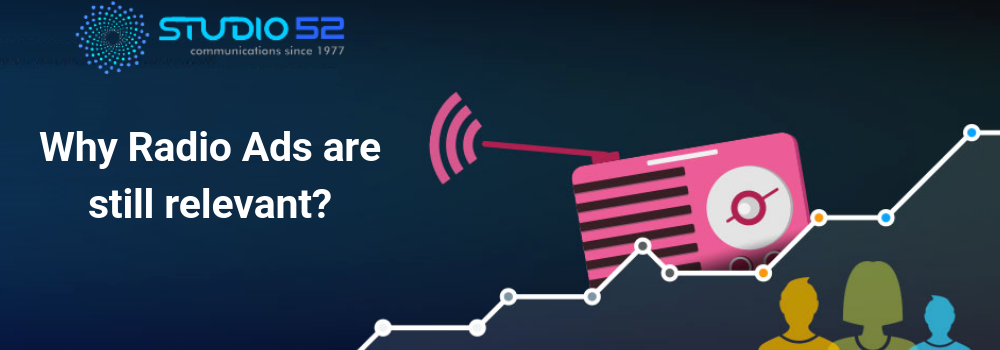Why Radio Advertising is Still Relevant Today
Why Radio Advertising is Still Relevant Today
In today's world, where digital marketing and social media advertising have taken center stage, it can be easy to overlook traditional forms of advertising such as radio. However, radio advertising remains a relevant and powerful tool for businesses looking to reach their target audience.

The Power of Radio Advertising
Radio advertising offers a number of advantages over other forms of advertising. For one, radio is a trusted source of information and entertainment for many people. According to a recent Nielsen report, 93% of Americans listen to the radio every week. This means that radio has a large and captive audience, making it an ideal platform for businesses to reach their target customers.
Another advantage of radio advertising is its cost-effectiveness. Compared to other forms of advertising such as television or print, radio advertising is relatively inexpensive. This makes it accessible to businesses of all sizes, from small startups to large corporations.
Additionally, radio advertising allows businesses to target specific demographics and geographic regions. Most radio stations cater to a particular demographic, such as young adults or seniors. This means that businesses can choose to advertise on radio stations that align with their target audience. Furthermore, radio advertising allows businesses to target specific regions or cities, which is particularly useful for local businesses.
The Future of Radio Advertising
The rise of digital and social media has certainly impacted the advertising industry, but radio has proven to be resilient. In fact, radio advertising is expected to continue to grow in the coming years. According to a report by BIA/Kelsey, radio advertising revenue is expected to reach $14.1 billion by 2022.
One reason for this growth is the increasing popularity of streaming services such as Pandora and Spotify, which have brought new life to the radio industry. These services offer highly targeted advertising options, allowing businesses to reach listeners based on their music preferences and location.
In addition, advancements in technology have made it easier for businesses to track the effectiveness of their radio advertising campaigns. Radio stations can provide detailed analytics on listener demographics and behavior, allowing businesses to refine their advertising strategies and improve their ROI.
FAQ
1. How much does it cost to advertise on the radio?
The cost of radio advertising varies depending on a number of factors such as the time slot, the length of the ad, and the geographic location. However, compared to other forms of advertising, radio advertising is generally considered to be relatively inexpensive.
2. How do I choose the right radio station to advertise on?
When choosing a radio station to advertise on, it's important to consider your target audience. Look for stations that cater to your demographic and geographic region. Additionally, consider the time slots that are most likely to reach your target audience.
3. How can I measure the effectiveness of my radio advertising campaign?
Radio stations can provide detailed analytics on listener demographics and behavior, allowing businesses to track the effectiveness of their advertising campaigns. Additionally, you can use unique promo codes or URLs in your ads to track conversion rates.
Overall, radio advertising remains a relevant and effective way for businesses to reach their target audience. With its large and captive audience, cost-effectiveness, and targeted advertising options, radio advertising is sure to remain a popular choice for businesses looking to promote their products or services.
tag: radio advertising, traditional advertising, target audience, advertising strategy, local businesses
Komentar
Posting Komentar